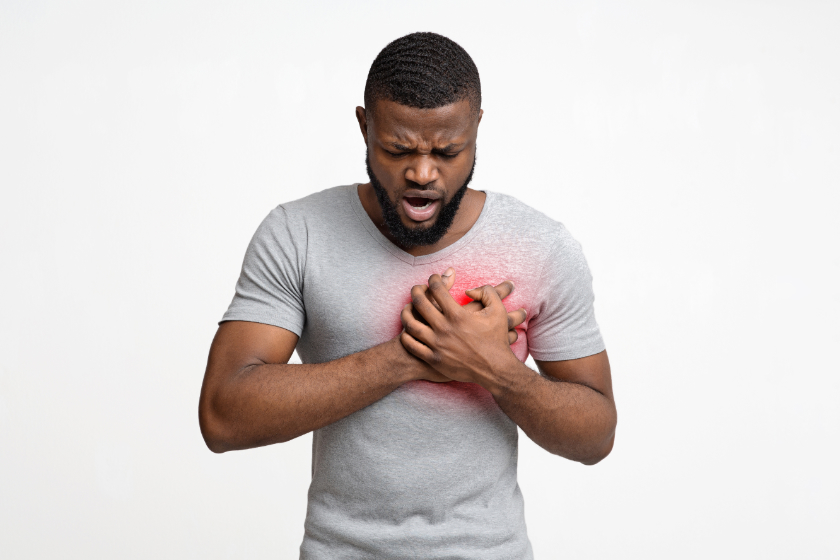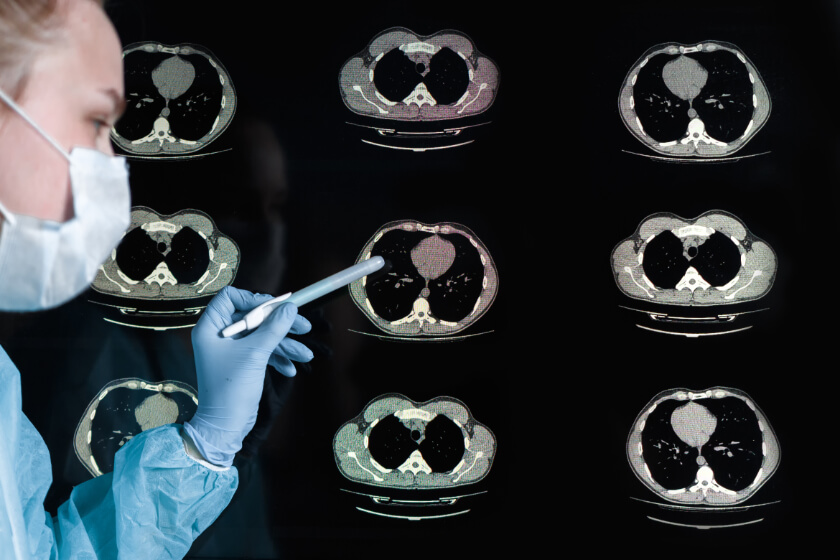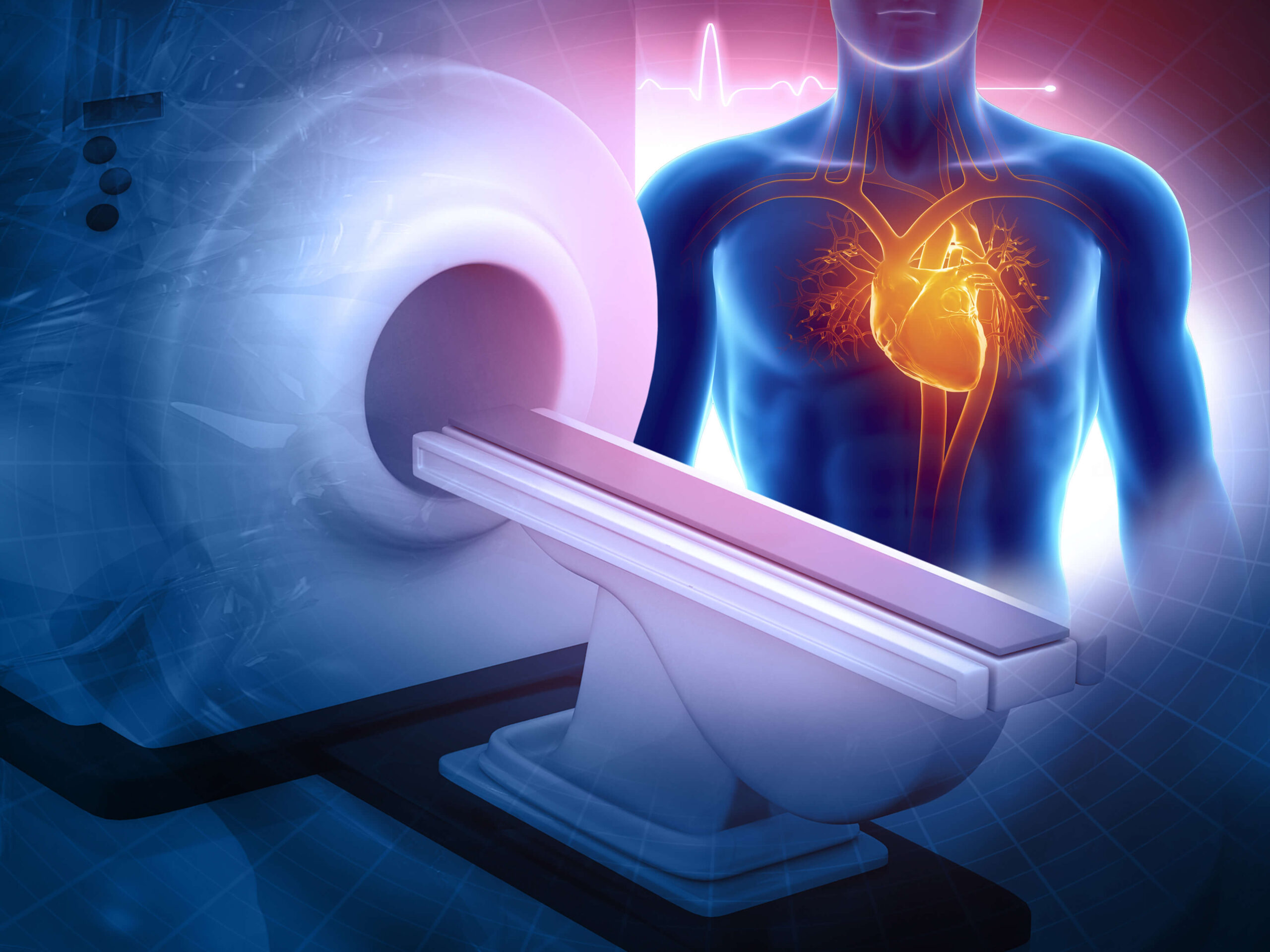
What’s the Difference Between a Heart Attack and Cardiac Arrest?
How the Heart Works
If you think heart attack and cardiac arrest are the same thing, you are not alone – 87 percent of people responding to a Cleveland Clinic survey mistakenly believe that cardiac arrest is another term heart attack.
You might be surprised to learn that the two heart conditions are quite different. The two conditions have different causes and each condition affects the heart differently, although both heart attack and cardiac arrest are serious conditions that can cause death.
The heart is a muscle that pumps blood throughout the body. The heart has four chambers, or hollow spaces within the heart muscle, which work together to manage heartbeat and to pump blood. Blood moves through the chambers and to the rest of the body.
Like all other tissues in the human body, the heart muscle needs oxygen-rich blood to function. There are five coronary arteries, and each supply blood to a specific part of the heart. The left coronary artery supplies blood to the left side of the heart, for example, while the right coronary artery brings oxygen-rich blood to the right side.
What is a Heart Attack?
Known in the medical profession as a myocardial infarction (MI), a heart attack happens when something blocks one of the coronary arteries. Without oxygen-rich blood, the cells of the heart become damaged and may die. Irreversible damage can appear within 30 minutes of the blockage. Unless blood flow is restored, the affected area of heart muscle no longer works as it should and it may even die. If too much of the heart muscle dies, the heart won’t be able to pump enough blood to sustain the rest of the body.
Coronary artery disease (CAD), also known as coronary heart disease (CHD), is the most common heart disease in the United States and is the main cause of heart attacks. CAD occurs when deposits of cholesterol and other substances, collectively known as plaque, build up inside the coronary arteries. Doctors refer to this process as atherosclerosis.
Plaque buildup can narrow the arteries over time, and this narrowing can partially or completely block the flow of blood to the heart. Partial or total blockage can cause a heart attack. Every year, about 805,000 people in the United States have a heart attack, according to the Centers for Disease Control and Prevention (CDC).
Doctors can perform a special type of heart scan, known as calcium scoring, to detect the presence of plaque and determine patients’ risk for a heart attack.
What is a Cardiac Arrest?
Electricity keeps the heart beating in rhythm. The heart’s electrical system controls heart rate, which is the number of times the heart beats in a minute, and the heart’s rhythm.
A small clump of cells in the right upper chamber of the heart, known as the sinus node, generates an electrical signal about 60 to 100 times each minute. The electrical signals, or impulses, cause the muscles of the heart chambers to contract and push blood.
The electrical signals spread throughout the heart along specific pathways from the upper chambers to the lower chambers of the heart. Regular, rhythmic electrical impulses keep the four chambers of the heart working together to create a regular heartbeat. If the electrical impulses become irregular, the heart may beat too fast and begin to quiver like a bowl of gelatin. This quivering action prevents the heart from pumping normally.
Unlike a heart attack that occurs as the result of a blockage, a cardiac arrest happens when an electrical malfunction in the heart makes it stop beating altogether or stop beating well enough to pump blood. When the heart quits beating, blood circulation and breathing stops immediately.
Also known as sudden cardiac arrest (SCA) or sudden death, a cardiac arrest is a serious condition that can happen to hospital patients and people going about their ordinary day. Nearly 383,000 SCAs occur outside of hospitals every year, according to the American Heart Association, and 88 percent of these happen at home.
It is important to note that many cardiac arrests happen as the result of heart attacks. This is because heart attacks can cause the heart to beat erratically and trigger a dangerous heart rhythm.
Both heart attack and cardiac arrest are serious medical conditions that require immediate attention. If you encounter someone who may have had a heart attack or cardiac arrest, call 911 immediately. Check for a pulse – start chest compressions immediately if you cannot detect a pulse. Use an automated external defibrillator (AED) if one is available. An AED can diagnose irregular heart beats and can deliver an electrical shock to the person if needed.
For more information about the differences between a heart attack and cardiac arrest, consult with your doctor. When talking to your doctor, ask about your risk for heart attack or cardiac arrest, and whether you could benefit from calcium scoring.




